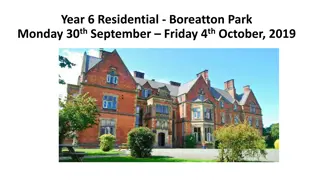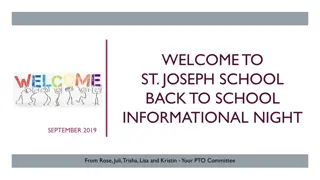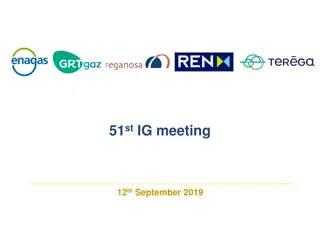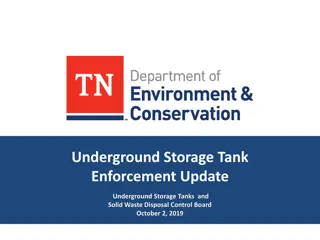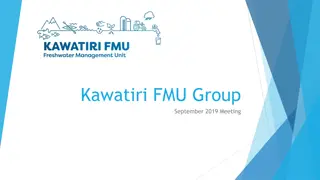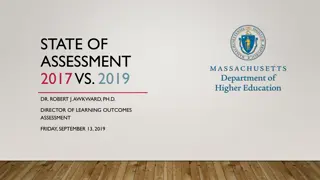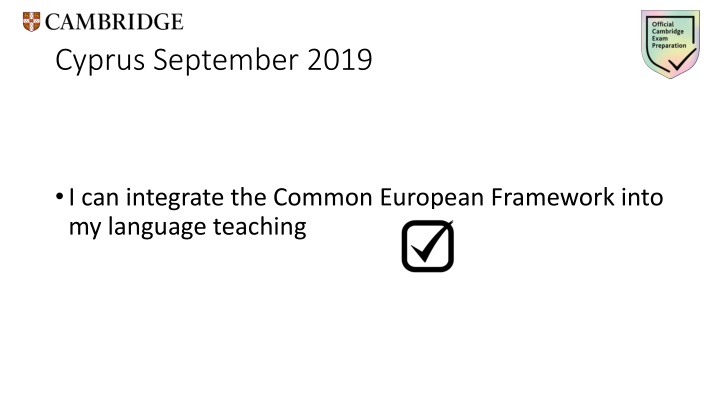
Integrating Common European Framework into Language Teaching in Cyprus
Explore how the Common European Framework can be integrated into language teaching in Cyprus, with a focus on understanding the Council of Europe, the publication of the framework, and detailed can-do statements for different skill areas and contexts. Engage in a quick quiz and a timeline overview to enhance your knowledge levels. Discover subtopics related to social, travel, tourism, studying, and working, all geared towards improving language proficiency.
Download Presentation

Please find below an Image/Link to download the presentation.
The content on the website is provided AS IS for your information and personal use only. It may not be sold, licensed, or shared on other websites without obtaining consent from the author. If you encounter any issues during the download, it is possible that the publisher has removed the file from their server.
You are allowed to download the files provided on this website for personal or commercial use, subject to the condition that they are used lawfully. All files are the property of their respective owners.
The content on the website is provided AS IS for your information and personal use only. It may not be sold, licensed, or shared on other websites without obtaining consent from the author.
E N D
Presentation Transcript
Cyprus September 2019 I can integrate the Common European Framework into my language teaching
Quick Quiz The Council of Europe is older than the European Union One of the main buildings for the COE is the Agora building in Brussels The Common European Framework was published in 2001 T/F T/F T/F
Timeline Timeline of the John of the John Trim Trim years years Pre-1970 s totally summative 1970s notions of the ladder 1980s The Swiss problem 1991 Jan van Ek & A Decision 2001 Publication & fusion
How well do you know your levels? Handout time
The can-do statements 3/4 contexts 2/4/5 skill areas Subtopics (Social & Travel/Tourism): Day-to-day survival Emergencies Health Sightseeing Socialising Travel Personal contacts The media/cultural events
Can-do statements Study subtopics: Lectures, talks, presentations and demonstrations Management of study Seminars and tutorials Textbooks, articles, etc. Reference skills Essays Accounts
Can-do statements Work subtopics: Work-related services Formal presentations and demonstrations Meetings and seminars Telephone Instructions and guidelines Publicly available information Reports (of substantial length and formality) Correspondence
Time to guess.. Which level, skill & context? CAN bargain in the market place where what is purchased is a relatively straightforward item and where the transaction is restricted to the exchange of the item for cash. CAN understand price labels and a range of advertisements such as 'Special Offer' in a department store or counter service shop CAN leave a simple message for host family saying, for example, where (s)he has gone, what time (s)he will be back (e.g. 'Gone to school: back at 5 p.m.).
CAN bargain in the market place where what is purchased is a relatively straightforward item and where the transaction is restricted to the exchange of the item for cash. Level B1Social and tourist Listening / speaking Day-to-day survival CAN understand price labels and a range of advertisements such as 'Special Offer' in a department store or counter service shop Level A2 Social and tourist Reading Day-to-day survival CAN leave a simple message for host family saying, for example, where (s)he has gone, what time (s)he will be back (e.g. 'Gone to school: back at 5 p.m.). Level A1 Social and tourist Writing Day-to-day survival
More guessing.. CAN participate in casual conversations with appropriacy and good understanding of humour, irony and implicit cultural references CAN convey personal information of a routine nature to, for example, a pen friend, and CAN express opinions of the 'I don't like..' type CAN write a fully adequate account of an experiment, present a theoretical background and draw conclusions CAN understand a presentation made at a conference.
CAN participate in casual conversations with appropriacy and good understanding of humour, irony and implicit cultural references Level C1 Social and tourist Listening / speaking Day-to-day survival CAN convey personal information of a routine nature to, for example, a pen friend, and CAN express opinions of the 'I don't like..' type Level A2 Social and tourist Writing Day-to-day survival CAN write a fully adequate account of an experiment, present a theoretical background and draw conclusions Level C2 Study Writing Accounts CAN understand a presentation made at a conference. Level B1 Work Listening / speaking Formal presentations and demonstrations
This is the last can-do one, I promise.. CAN make notes that will be of some limited use for essay or revision purposes, but IS UNLIKELY to be able to take notes accurately unless time is given to write them down. CAN use the telephone confidently, even if the line is bad or the caller has a non-standard accent. CAN present her/his opinion, if listeners are patient. CAN understand common terms, for example 'chicken', on a standard menu.
CAN make notes that will be of some limited use for essay or revision purposes, but IS UNLIKELY to be able to take notes accurately unless time is given to write them down. Level B2 Study Writing Seminars & Tutorials CAN use the telephone confidently, even if the line is bad or the caller has a non-standard accent. Level C2 Work Listening / speaking Telephone CAN present her/his opinion, if listeners are patient. Level A2 Study Listening / speaking Seminars and tutorials CAN understand common terms, for example 'chicken', on a standard menu. Level Pre-A1 Social and tourist Reading Day-to-day survival
Question types Multiple choice Binary choice (T/F or Correct/Incorrect or Yes/No) Matching Gap fill Rephrasing Frame + Prompt Personal question Story
Multiple choice Top-down or bottom-up processing Used for gist or detail Used for receptive skills and use of English Can be text or images
Binary choice True/false, yes/no, correct/incorrect Can be used for receptive skills and use of English Used for gist or for detail Could easily be used as question first or content first to vary activity
Matching Usually for a reading exercise Often involves paragraph descriptions Could also be used for use of English
Gap fill Often used in listening but may also be used for reading and use of English Could be one/two/three words Could also be unspecified (e.g. complete the missing information, complete the sentence)
Rephrasing Used in writing and use of English Can be used with gap fill
Frame + prompt The most frequent type of productive-skill question Frame could be text, oral description or image
Personal question Used for speaking practice/assessment Prompts (usually slight rephrasing) can be prepared to help understanding Relatively predictable
Story Used mainly for writing (though at higher levels, conceivably for speaking too) Often the learner is simply provided with the first line (plus instructions)
Quiz How many question types can you name? What 2 things have changed in the ALTE can-do statements over the last 10 years? How many hours of instruction are typically needed to get to a C2 level in English? Name one of the people shown in the photos at the beginning. In which year was the Common European Framework published?
How many receptive-skill question types can you name? Multiple Choice; Binary Choice; Gap-fill; Matching (Rephrasing) What 2 things have changed in the ALTE can-do statements over the last 10 years? It s more compact (99 pages to 26 pages); New Beginner level How many hours of instruction are typically needed to get to a C2 level in English (according to Cambridge)? Approximately 1000 1200 hours Name one of the people shown in the photos at the beginning. Jan/John Commenius/Komensk ; Otto Jespersen ; John Trim In which year was the Common European Framework published? 2001
Thank you for your attention ! Simon Bradbury, Cambridge University Press, ELT sbradbury@cambridge.org


